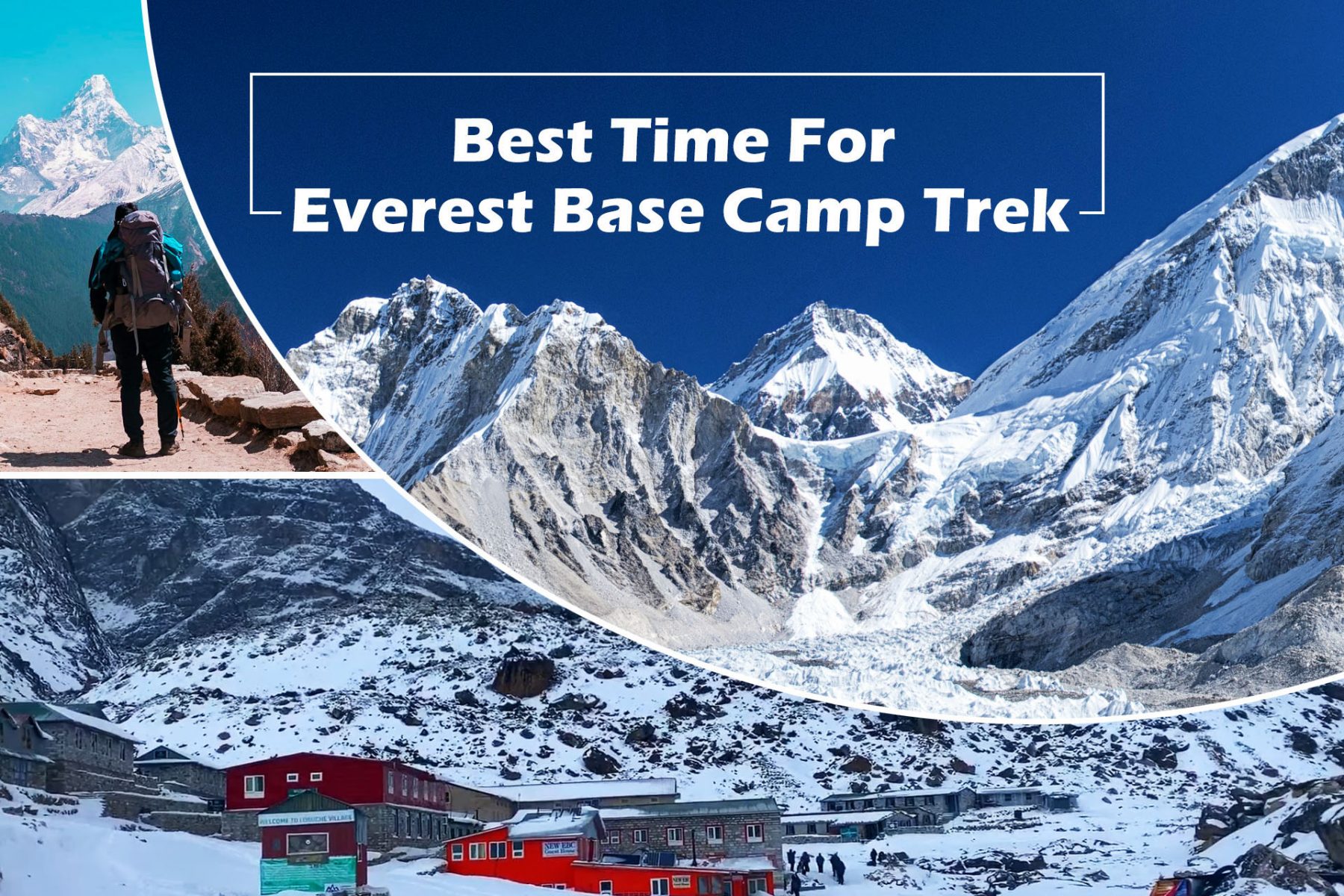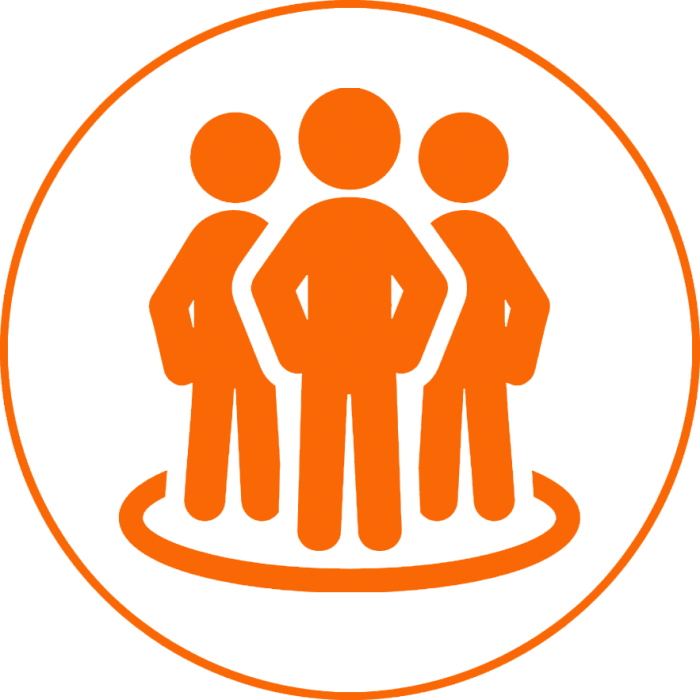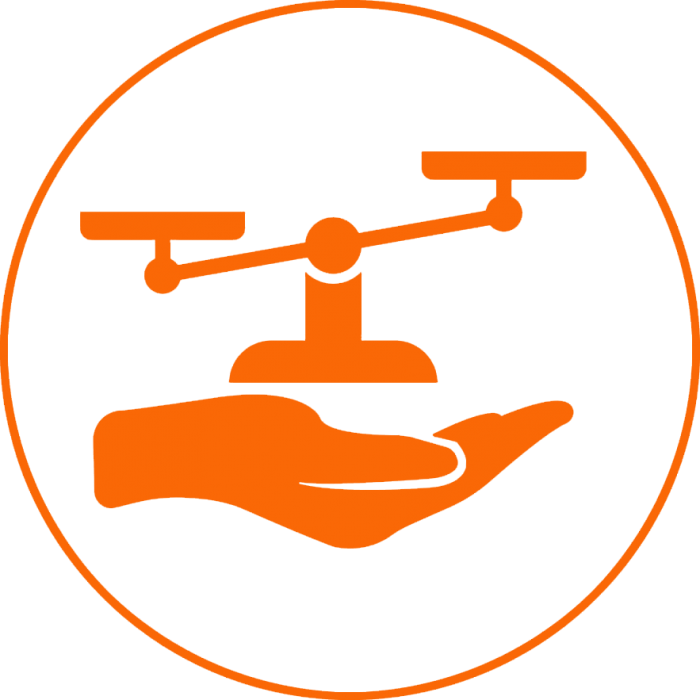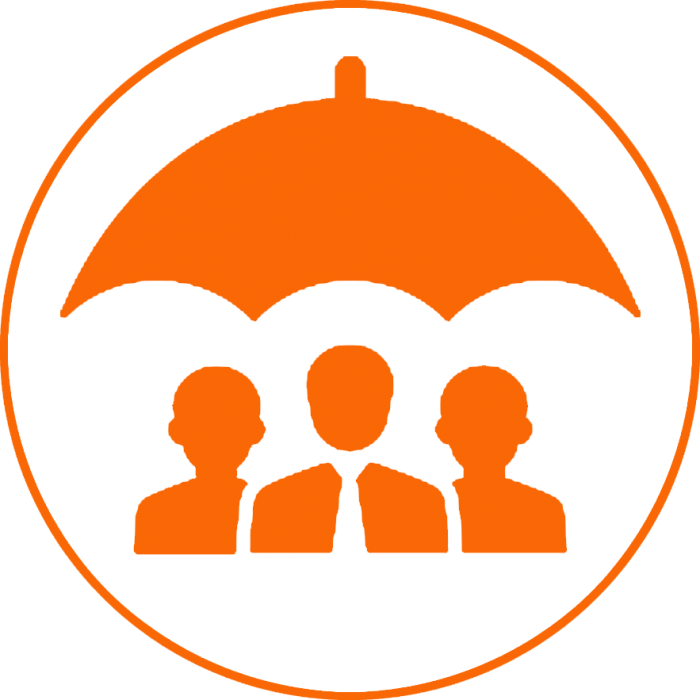Safety Tips For Nepal Trekking
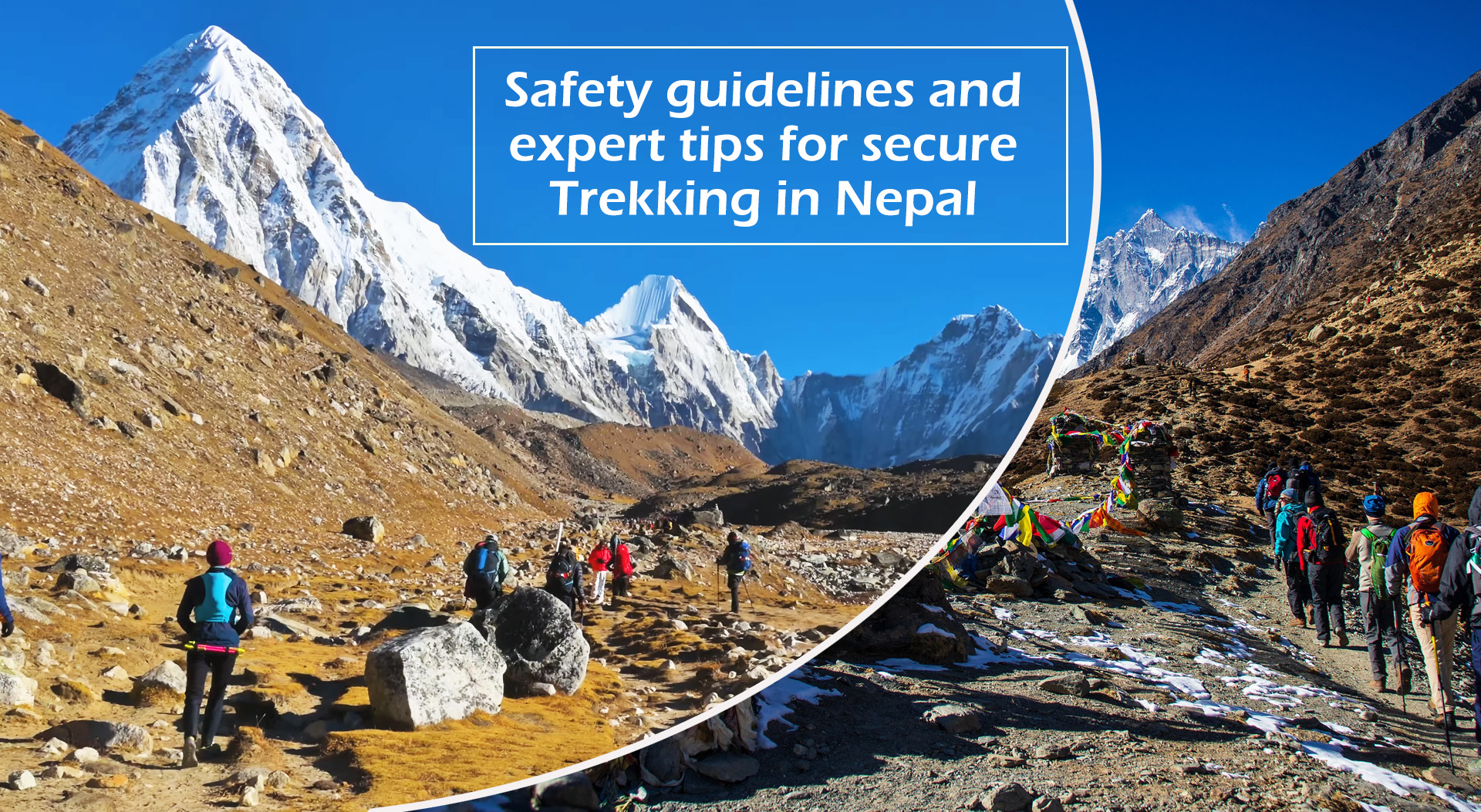
“Safety tips for Nepal trekking.”
Are you seeking safety tips for Nepal trekking? If yes, then your search ends here. Nepal is a remarkable focal point for trekking lovers. This country is one of the world’s best destinations for adventurous backpackers. You can do an easy, moderate, or challenging trek according to your desire and ability.
You can trek and better understand mountain life from your perspective in Nepal. Remote mountain villages are a great opportunity to learn about the local culture, customs, and lifestyle. You can explore the beauty and nature of the majestic Himalayas on your trek. But, whether the trekking is easy or difficult, safety should be a top priority.
The country of many magnificent high mountains is a dream destination for adventurers. With picturesque landscapes, rugged terrain, and challenging heights, trekking in the Himalayas is an exciting and rewarding experience. But this epic experience requires good preparation and caution. If you follow safety guidelines and expert tips, your trip to Nepal will be safe and memorable.
Trekking is an adventurous activity that requires various measures to be safe. There are no major risks in Nepal trekking, but it is necessary to know certain guidelines to avoid any unexpected situations. Extra caution is required on remote trekking trails, as only some modern facilities exist.
This post outlines safety guidelines and expert tips for secure trekking in Nepal. Our safety tips for Nepal trekking will help make your trekking in Nepal safe.
Some important tips for a safe trek in Nepal
1. Preparation and planning
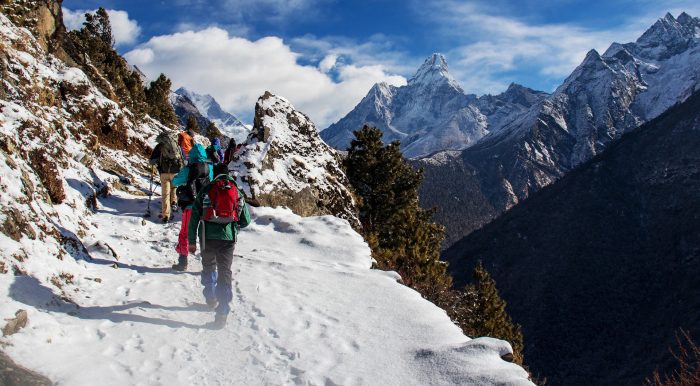
Preparation and planning are the first things to do while trekking in the Himalayas of Nepal. It may seem time-consuming, but they are the cornerstone of a safe and successful hike. Create a perfect hiking itinerary that meets your needs and desires. You can get the help of a trekking company or a guide to make an itinerary. They can create a perfect itinerary, keeping your trekking safety in mind.
Research well about the trek you want to do to make a safe and perfect itinerary. Get information about the route, duration, difficulty level, weather conditions, and altitude. A detailed itinerary with daily walking distance, estimated time, and places to stay is also important. You can find valuable information through websites, guidebooks, and online forums. Get advice and insight from fellow trekkers who have done the routes you’re interested in. Inform a trusted person of your itinerary, including the expected return date and emergency contacts.
2. Choose the right trek to match your vacation time and fitness level.
Choosing the right trekking route is essential for securing trekking in Nepal. Always choose the trek that suits you best. Nepal offers a range of trekking options, from low to high altitude and easy to challenging. Nepal offers you breathtaking landscapes, diverse cultures, and stunning natural beauty. You can match your interests with certain areas and sights by choosing the right trek. Nepal offers treks ranging from a few days to several weeks. Choose a trekking trail that matches your vacation time and physical fitness.
Many treks in Nepal involve crossing different terrains, high altitudes, and challenging conditions. All trekking routes in Nepal have different facilities. Normal physical fitness is enough for easy trekking, while medium-level requires good fitness. Challenging treks need a high level of physical fitness and good training. So, choose trekking according to your fitness level and trail conditions. You can enjoy the journey without much stress by choosing a trek within your capacity.
3. Physical Preparation
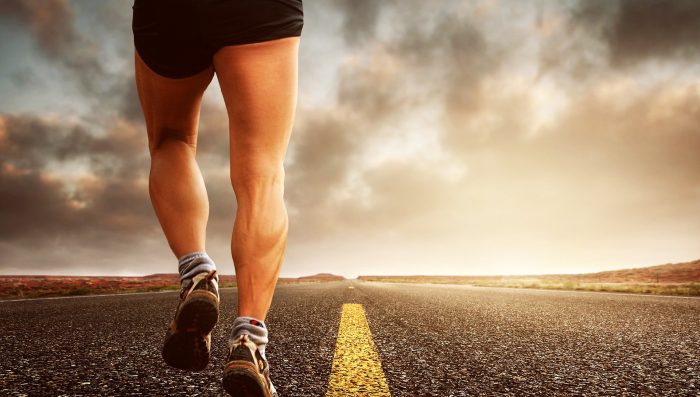
Being physically prepared is also one of the safety tips for trekking in Nepal. Trekking in Nepal often involves walking long distances and at high altitudes. Good physical fitness and endurance enable you to walk at high altitudes. Many hiking trails lead to higher elevations with thinner air, reducing oxygen levels. Altitude sickness is more likely due to low oxygen levels at high altitudes. Being fit can help reduce the risk of altitude sickness.
A good fitness level reduces the chances of fatigue and can help endure the ascent and descent. It enables you to handle unexpected situations or changes in weather and terrain. Physical fitness also reduces the risk of injury while hiking. It reduces muscle soreness and allows faster recovery if an injury occurs. First of all, choose trekking, considering your fitness level. You can also take steps to prepare if your fitness level needs to improve for the chosen trek.
Start training before the trekking date to build the necessary strength and endurance. Engage in activities like walking, running, cycling, or swimming. Do at least 30 to 60 minutes of cardio exercise 3-5 times weekly. Focus on strengthening leg muscles for steep ascents and descents. Exercises like squats, lunges, and leg presses help build strength and endurance.
4. Choose a reliable trekking agency.
Choosing a reliable trekking company is one of the safety tips for trekking in Nepal. Reliable and experienced companies have a good knowledge of trekking operations. They use experienced guides and staff familiar with the terrain and trails. Their expertise enhances your safety and enriches the trekking experience.
These companies focus on safety protocols and understand the potential risks well. Reputable companies have various evacuation plans for unforeseen circumstances. They provide the necessary trekking gear and ensure that trekkers have proper equipment. Trekking with a reputable company reduces the risk of getting lost and facing difficulties on the trail.
Choosing a reliable trekking company enhances your trek’s safety and comfort. But your trekking may be unsafe if you fail to choose a good company. There are many trekking agencies in Nepal, and identifying a reliable one takes time and effort. But if you pay attention to some aspects, you can choose a reliable company. Use the tricks mentioned below to choose a reliable trekking company.
- Check the legal documents to confirm whether the company is registered in Nepal.
- Read company reviews (TripAdvisor and Google reviews) and testimonials.
- Check the profile of the board of directors and get information about their experience.
- Find out how long the company has been operating. Generally, companies that have been operating for a long time are reliable.
- Check that the company’s landline phone number and business address are correct.
- Email some trekking companies for inquiries.
- Two-way communication helps you understand how trustworthy the company is.
5. Hire experienced local guides and porters.
Hiring experienced local guides and porters is also one of the safety tips for trekking in Nepal. Before 2022, you could do solo treks in Nepal, but now it is banned. It is now mandatory to hire a licensed trekking guide. From the point of view of safety, it is also necessary to have a guide with you during the trekking. The trekking company you choose can provide local, experienced trekking guides. But make sure that the guide provided by the company is experienced and licensed.
Trekking in the Himalayas involves challenging terrain and may encounter unpredictable weather. Guides are trained in safety, first aid, and emergency procedures. They can take appropriate measures to ensure safety. A guide can provide immediate help and coordinate rescue operations in an emergency.
The guides and porters are locals of the trekking area and familiar with the trekking route. They can provide good information about local culture and customs. Guides help you arrange accommodation and food and provide security during trekking. They can navigate trails to stay on the right path and avoid potential hazards. Local guides are fluent in the local language, which helps to overcome language barriers between you and the locals. Guides also help check the quality and condition of gear to ensure that you have the right gear for the trek.
6. Trek with a group
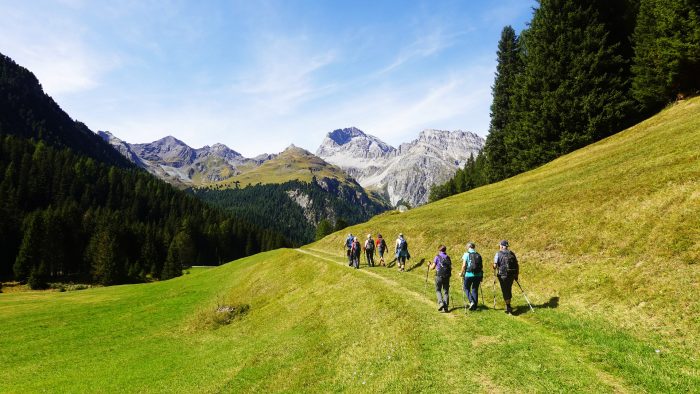
Trekking in a group in Nepal’s Himalayas makes you safer. Being in a group provides a support network. In unexpected situations, fellow trekkers and guides can be vital. Trekking in a group allows you to share the experience and create lasting memories. Group dynamics provide mutual support and motivation, especially during challenging sections. Encouragement from other hikers can boost morale and overcome obstacles.
Trekking alone in remote areas can be a lonely feeling. But a group reduces such feelings, providing a sense of companionship and security. Group members may have different levels of trekking experience. Sharing tips among group members can contribute to a safer trek for everyone. Larger groups are more visible on the trail, which reduces the risk of getting lost or separated. Hikers can help each other navigate, carry gear, set up camps, etc.
7. Pay attention to the weather.
Trekking in Nepal is an amazing experience, but bad weather can pose many risks. So, paying attention to the weather is also one of the safety tips for trekking in Nepal. The weather in the Himalayas can change sometimes without much warning. Fog, rain, or snow can reduce route visibility. Such bad weather makes navigating difficult, and there is a high risk of getting lost or confused.
Checking the weather forecasts before and during your trek is crucial. Local weather conditions may differ from regional forecasts, so get local weather updates. Harsh weather conditions can lead to cold temperatures at high altitudes. Cold can cause hypothermia, frostbite, and other cold-related injuries. So, prepare for extreme conditions by packing the necessary clothing and equipment.
Rain or snow can make trails slippery, increasing the risk of falls and injuries. Use the proper gear, like crampons or trekking poles, to navigate. Bad weather, especially heavy rains, can trigger landslides and rockslides on hiking trails. Pathways can become blocked and cause injury. Heavy rains or melting snow make crossing rivers and streams challenging and dangerous.
Carry appropriate clothing, gear, and emergency supplies to reduce these risks. Trek with an experienced guide who is familiar with the region and its changing climate. Be flexible with your itinerary and adjust your plans according to weather patterns. Being well-prepared and alert can help reduce the risks associated with severe weather. Remember that if the weather turns very bad, it is always safer to stop or turn back rather than risk it.
8. Choose the best trekking season.
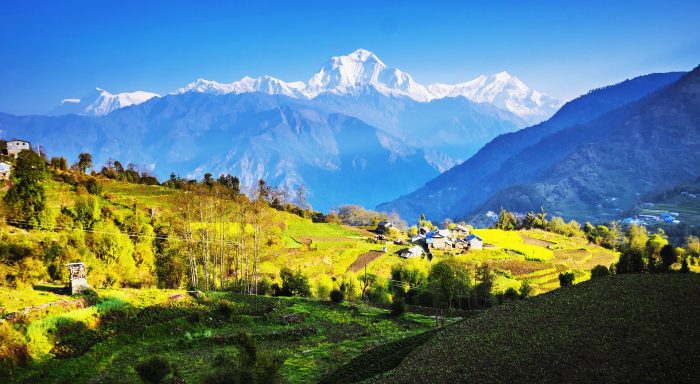
Choosing the best season is also one of the safety tips for trekking in Nepal. Nepal has different types of climates at different altitudes. Some seasons are favourable for trekking, and some are unfavourable. The journey can be difficult if you visit Nepal in the rainy season or winter. So, if you are coming to Nepal for a Himalayan trek, you must catch the right time.
Winter season
The winter seasons include December, January, and February. Winter brings cold, dry weather and snow in the mountains. The high Himalayan region experiences extreme cold and heavy snowfall during this season. The sky is usually clear, but trekking above 4,000 is difficult. Heavy snowfall and icy conditions make trekking more difficult and dangerous. Snow-covered trails can make navigation challenging and increase the risk of avalanches. So, the winter season is not suitable and safe for trekking in Nepal.
Summer season
Another season is summer, which includes June, July, and August. Summer is the monsoon season, during which it usually rains. Rain can cause landslides, falling rocks, and trail closures, making the journey difficult. Flight delays and cancellations due to cloudy weather are very common. Rains often make journeys difficult, so this season is not a safe time to trek in Nepal.
Spring and autumn seasons
Spring and autumn are the best seasons for trekking in Nepal. The spring seasons include March, April, and May. The beginning of spring is a bit cold, but it warms up later. During this time, the weather is stable, creating favourable trekking conditions. Spring has clear skies, and snow melts, making the trekking trails clear. Mild weather and clean trails make spring a safer and more enjoyable time for trekking.
Autumn seasons include September, October, and November. It is also the most popular and best trekking season in Nepal. The weather is clear, the climate is cool, and the scenery is breathtaking. Autumn is usually the best and least risky season for adventure activities.
There are no trekking restrictions in Nepal in any season. You can trek any time throughout the year with proper planning and management. But trekking becomes more difficult if the weather is not supportive. Thus, it is important to remember the best time to visit Nepal. Choose spring and autumn to make your trip safe and enjoyable among the four seasons.
9. Be aware of altitude sickness.
One of the problems that can occur while trekking in the mountains is altitude sickness. Altitude sickness is also known as acute mountain sickness (AMS). It usually occurs at elevations above 2,500 meters (8,000 feet) and becomes more prominent as one ascends. So, being careful about altitude sickness while trekking is important. If you ignore it, it can cause serious problems.
The main cause of altitude sickness is the reduced air and oxygen levels at high altitudes. Headache, nausea, vomiting, dizziness, fatigue, etc., are symptoms of altitude sickness. Altitude sickness is common when trekking in high mountains. But you can avoid it by taking some precautions. It is necessary to follow some guidelines to reduce the risk of altitude sickness.
- Ascend slowly, giving your body time to acclimate to reduce the risk of altitude sickness.
- Drink plenty of fluids and avoid alcohol and caffeinated beverages.
- Take regular breaks to allow the body to adjust during the ascent.
- Plan rest days at high altitudes to help the body acclimate.
- Descend to a lower altitude immediately if severe symptoms occur.
- You can also use medicines per the doctor’s consultation to prevent the symptoms.
10. Include acclimatization days in your itinerary.
Trekking at high altitudes increases the risk of altitude sickness. Staying an extra day at a certain altitude is most important to reduce the risk of altitude sickness. During the trek, it is necessary to allow the body to adjust to the reduced oxygen levels. Including acclimatization days in your itinerary is essential for enjoyable and safe trekking. An itinerary with acclimatization days is an important way to avoid altitude sickness.
In general, there is a risk of altitude sickness at altitudes above 2,500 meters. Oxygen levels are lower at 3,500 meters, so the body needs more time to adjust. Achieving altitudes of more than 5,000 meters requires serious concentration.
Walking uphill requires acclimatization to certain heights. You will struggle at high altitudes if you cannot acclimate well to low altitudes. But the trek will be easy if you are well acclimated to low altitude. The more time you spend on critical points, the better you will feel. Popular trekking routes in Nepal, like the Annapurna Circuit Trek and the EBC Trek, require acclimatization days. Acclimatization to Namche and Dingboche is essential for Everest base camp trekking.
11. Equip yourself well (packing list)
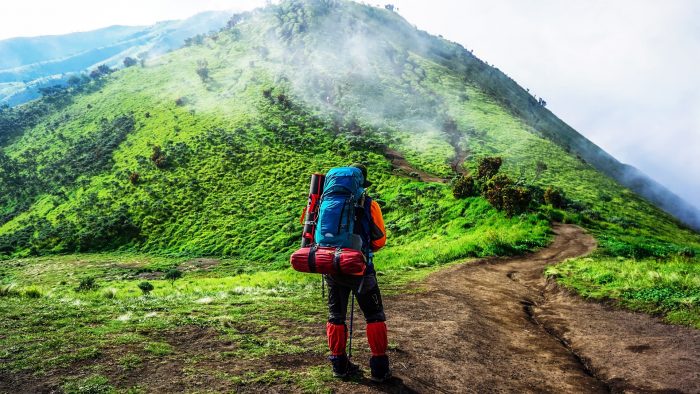
Nepal’s terrain ranges from lowland tropical forests to high snow-capped peaks. Weather conditions can change quickly in high-altitude trekking areas. You need proper equipment to ensure safety in unpredictable weather conditions. Proper equipment, especially clothing and footwear, is important for dealing with altitude-related challenges.
Consider the weather and altitude, and invest in high-quality gear to ensure safety. So, make a packing list of important things for a safe trek in Nepal. You can buy or rent the necessary gear and equipment in Kathmandu. The essentials may vary depending on the season, area, and trail.
Here is a list of essential items to consider for safe trekking in Nepal:
Clothing:
Lightweight and quick-drying trekking pants
Long-sleeved shirts
Fleece or a down jacket for colder temperatures
Waterproof and windproof jacket
Thermal underwear or base layers
Trekking socks (wool or synthetic blend)
Hiking boots with ankle support
Gaiters (optional, for certain treks with snow or dust)
Sun hat, beanie, or warm hat
Gloves (lightweight for lower altitudes, insulated for higher altitudes)
Bandanas or buffs for dust and sun protection
Equipment:
Backpack (45–65 liters) with rain cover
Sleeping bag suitable for colder temperatures (check with your trekking agency).
Sleeping pad or mat for insulation and comfort
Trekking poles for stability and support
Headlamp with extra batteries
Water bottles or hydration bladders (2-litre capacity recommended)
Duffel bag or waterproof bag for porters to carry your gear
Waterproof dry bags or plastic bags for organizing and protecting your belongings.
Sunglasses with UV protection
Trekking map or guidebook
Personal locator beacon or satellite phone (if trekking in remote areas)
Portable solar charger or power bank for electronic devices
Personal Items:
Personal identification documents (passport, visa, permit)
Travel insurance information
Cash (Nepalese rupees), credit or debit cards
Toiletries (toilet paper, toothbrush, toothpaste, biodegradable soap, hand sanitizer, wet wipes)
Sunscreen (SPF 30+), lip balm, and moisturizer
Personal medication and a basic first-aid kit
Trekking towel
Miscellaneous:
Lightweight and quick-drying travel towel
Lightweight and compact trekking clothes for teahouses
Flip-flops or camp shoes for evenings
Camera or smartphone for capturing memories
Travel adapter (Nepal uses type C, D, and M plugs)
Ziplock bags (useful for waterproofing and organizing)
High-energy snacks and bars for trekking days
Trekking permits and necessary paperwork (arranged in advance)
Note: It is a good idea to consult your trekking agency for specific gear recommendations based on your chosen trek.
12. Hydrate and eat wisely.
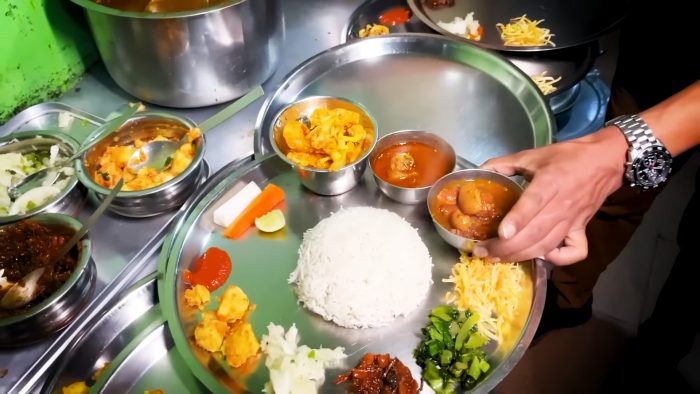
Hydration and proper nutrition are essential during trekking. The air is thinner at higher altitudes, leading to faster dehydration. Additionally, the body loses water and electrolytes through sweat while trekking. Proper hydration helps the body acclimatize and reduces the risk of altitude sickness. Staying well-hydrated helps the body adjust more effectively to high-altitude treks.
Teahouses along the trekking trail offer a variety of international and local cuisines. If those foods are unhealthy, they cause food poisoning. Therefore, it is important to be aware of the quality of the food. Eating well will ensure you have enough energy for the trek. Nutrient-dense snacks like nuts, dried fruits, and energy bars help maintain energy levels.
Adequate hydration and nutrition play an important role in muscle recovery and function. Eating foods with carbohydrates, protein, and healthy fats helps repair muscles. Proper hydration also helps regulate body temperature. So, carry enough water and snacks rich in carbohydrates, proteins, and healthy fats.
You may like to read: Namche Bazaar, a gateway to the Himalayas.
13. Follow the established trail.
It is advisable to follow established trails for safe trekking in Nepal. Established trails are well-marked and frequented by trekkers, so they are generally safe. These routes are often clear, so there is little risk of getting lost or encountering dangerous terrain. Established trails also make navigation easier, especially in challenging and remote terrain.
Following established routes reduces the chance of taking the wrong turn or ending up in an unsafe area. In an emergency, you are more likely to get timely help from fellow trekkers, guides, or locals. Following these routes is also necessary to fulfil the trekking requirements. Established trails often have teahouses, lodges, accommodations, and food available to hikers.
Sometimes, experienced guides can provide insight into safer alternative routes. However, straying too far from established paths without proper guidance can be risky. So, hiring a local guide is also necessary for safe trekking. They are more familiar with established trails and can provide better guidance.
14. Respect natural and local customs.
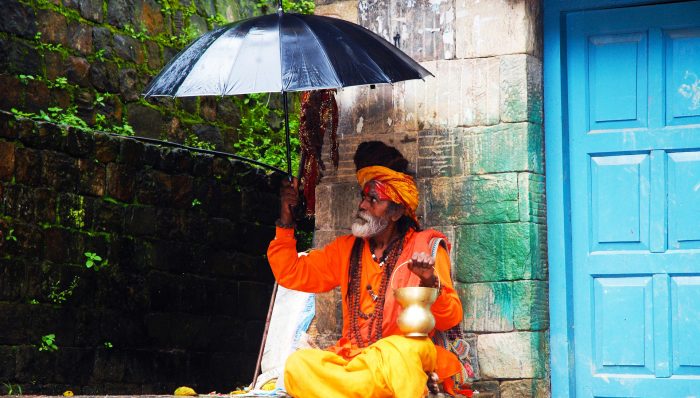
Respecting nature and local customs is also important for safe trekking in Nepal. Nepal is rich in diverse cultures and traditions. Respecting local customs demonstrates cultural sensitivity. It helps maintain positive relationships with the local communities. It can also ensure a more enjoyable and safe experience when you cross these areas.
Respecting local village customs increases harmony with local people. They are more likely to offer help, guidance, and hospitality if respected. It can be important when you need help in an emergency while on the trekking route. In Nepali culture, certain actions or behaviours can be considered offensive or insulting. Respecting local customs helps avoid offending locals.
Respecting local customs, greetings, and manners creates a positive atmosphere. It encourages mutual respect and harmony on your trek. Locals can provide valuable insight into terrain, weather, potential hazards, and safety tips. Respecting their customs increases the likelihood of receiving helpful advice.
You May Like Annapurna Base Camp Trek 14 Days
15. Get appropriate insurance and permits.
Insurance and permits are essential for trekking in Nepal and will make your trip safer. A permit is mandatory while trekking in Nepal, but insurance is not mandatory. But getting insurance is very important for safe trekking. Permits may vary depending on the area you are trekking. The permit helps keep important records about the trekkers and ensures their safety. It includes the trekker’s personal information and trekking details. Obtaining the necessary permits allows you to trek in a particular area.
While trekking, you may face various risks, including altitude sickness, injuries, or illnesses. Trekking in Nepal involves crossing remote areas where access to medical facilities is often limited. Travel insurance with comprehensive coverage ensures you get medical, evacuation, and treatment coverage. Insurance coverage can also help with trip cancellations, flight delays, or lost luggage. So, ensure your travel insurance covers trekking activities in high-altitude and remote areas. Also, ensure the policy covers helicopters for evacuation and other transportation expenses.
Read Also: 7 Best Family Tours in Nepal

